Investors’ wealth dips Rs 76,196 cr amid sell-off in markets
Investors’ wealth eroded by Rs 76,196.54 crore on Wednesday, with the market witnessing a sell-off amid rising concerns over possible aggressive interest rate hikes to tame high inflation.
The market capitalisation of BSE-listed companies — which is also an indicator of wealth of investors — tumbled Rs 76,196.54 crore to Rs 2,85,94,997.40 crore amid the 30-share Sensex falling 224.11 points or 0.37 per cent to 60,346.97 points.
The 30-share index rebounded more than 1,200 points from the early lows before settling at 60,346.97 points, a loss of 224.11 points or 0.37 per cent compared to Tuesday’s closing level.
The broader NSE Nifty closed lower 66.30 points or 0.37 per cent at 18,003.75 points.
Also read| Buy Hindalco, Lupin, IndusInd Bank to pocket gains; short-term market texture looks bullish; use dips to buy
The Sensex had plunged 1,150 points to a low of 59,417.12 points, while the Nifty declined to a low of 17,771.15 points in early trade on Wednesday, following deep losses in US markets.
Tracking the weak trend in equities, the market capitalisation of BSE-listed firms had tumbled by Rs 2.21 lakh crore in initial deals. However, the markets showed steady recovery and pared most of the losses to settle 4 per cent down.
According to Siddhartha Khemka, Head – Retail Research, Motilal Oswal Financial Services, Indian markets displayed strong resilience in the face of negative global cues.
Also read| Harsha Engineers IPO opens today, GMP strong; anchor investors put in Rs 225 crore, should you subscribe?
While markets opened 1.6 per cent lower, it showed steady recovery throughout the day to wipe out the entire opening loss and managed to close near day’s high with marginal loss of 0.4 per cent.
“Controlled inflationary environment v/s global peers, strong flows from retail, domestic as well as foreign institutions continue to drive the domestic equities.
“Although there can be bouts of volatility due to adverse global cues. Support base buying at lower levels are giving much needed strength to the Indian markets and any sharp decline will be good opportunity to buy in Indian equities,” Khemka added.




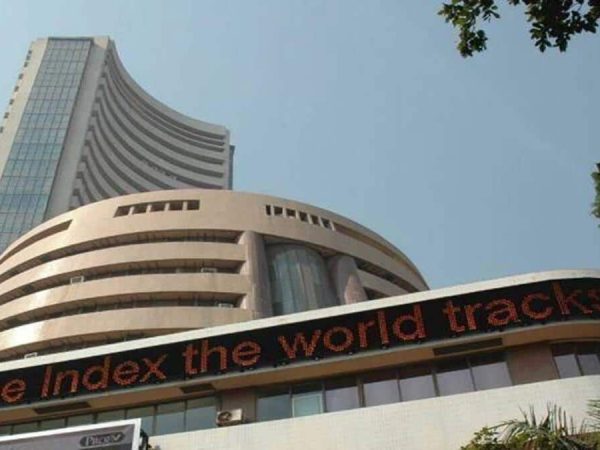
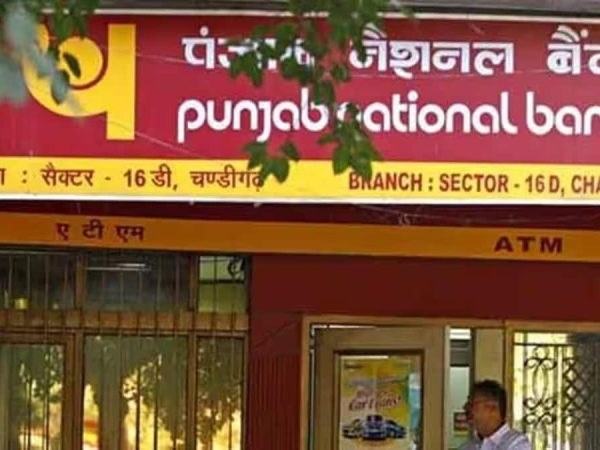
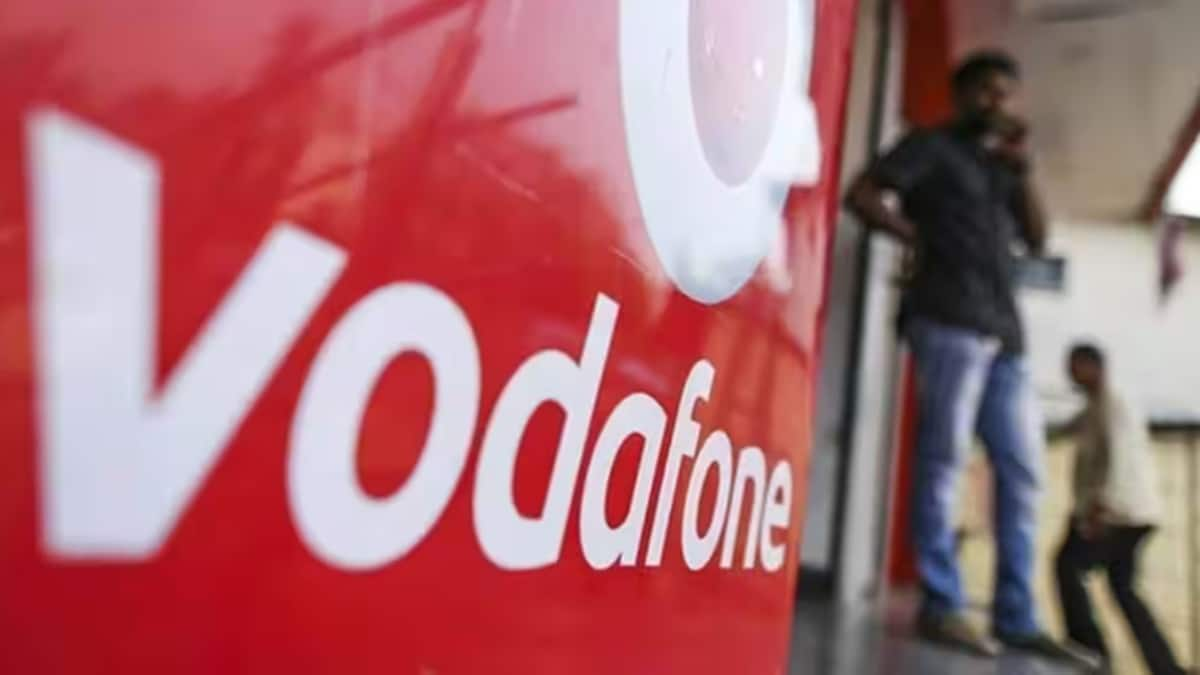
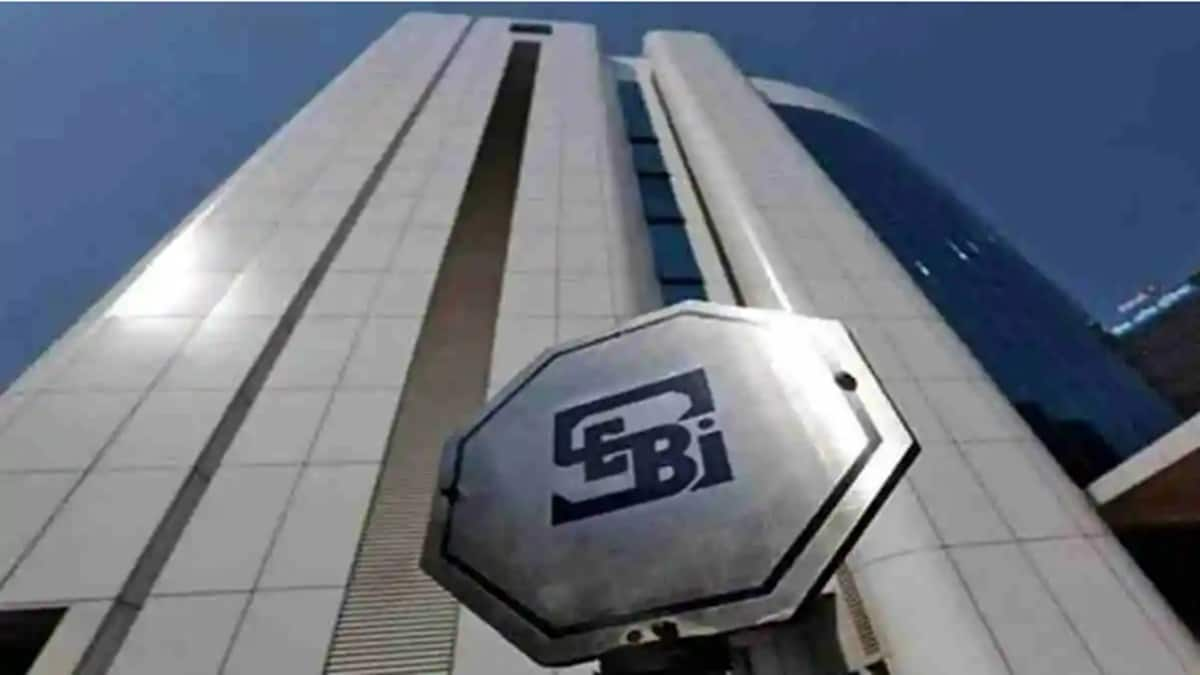

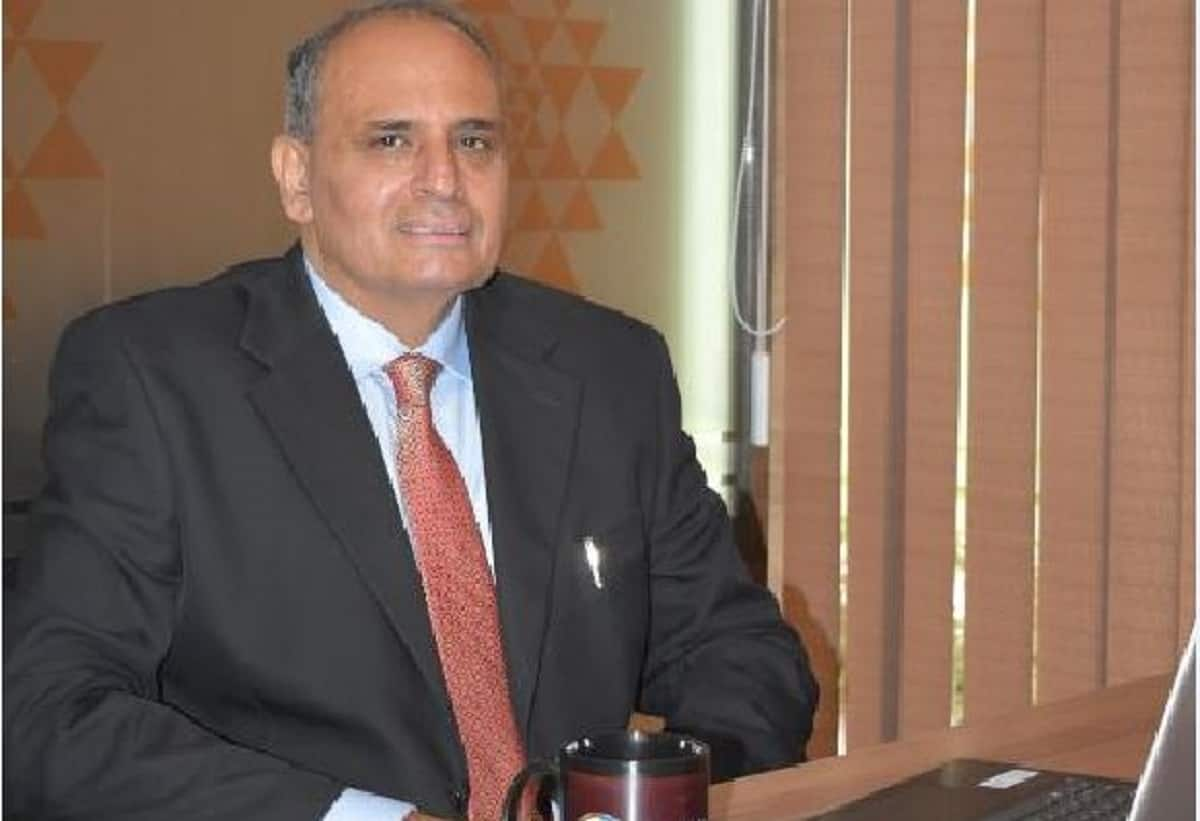
Recent Comments